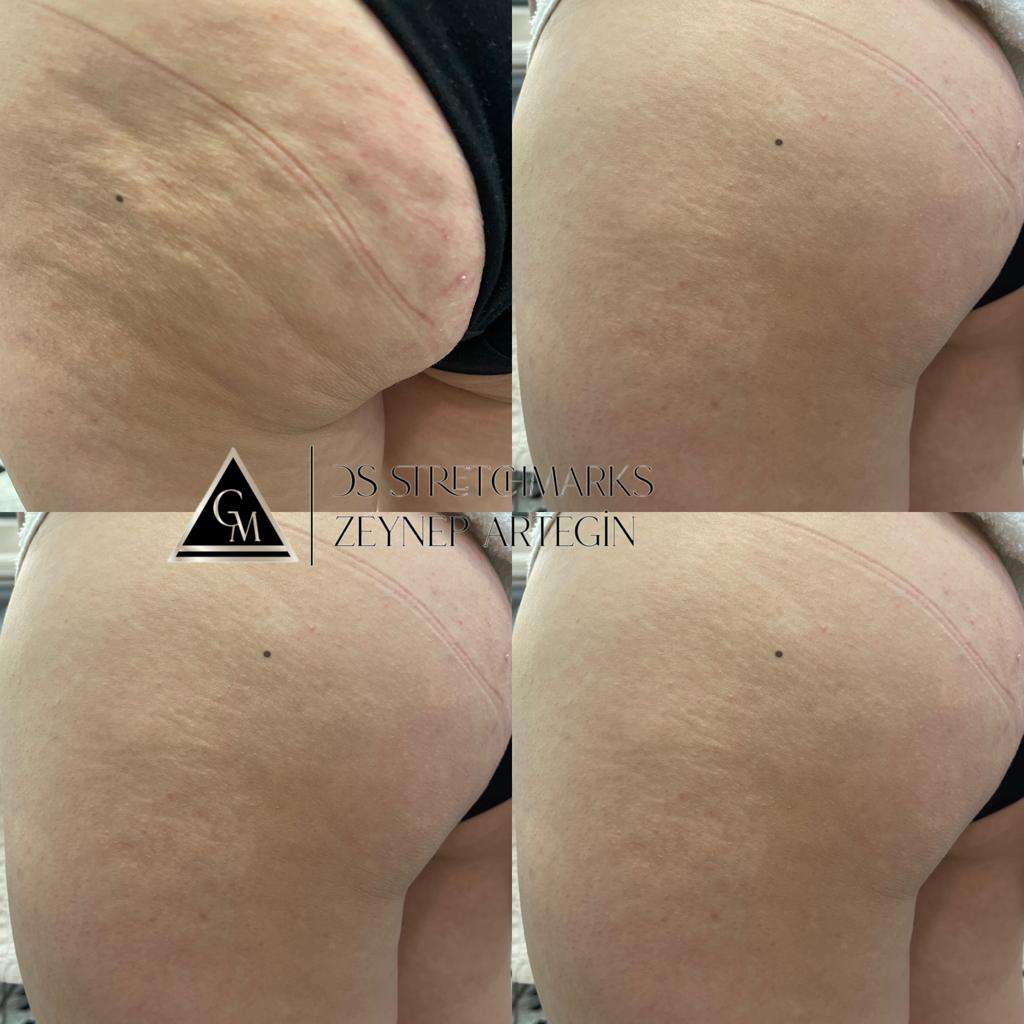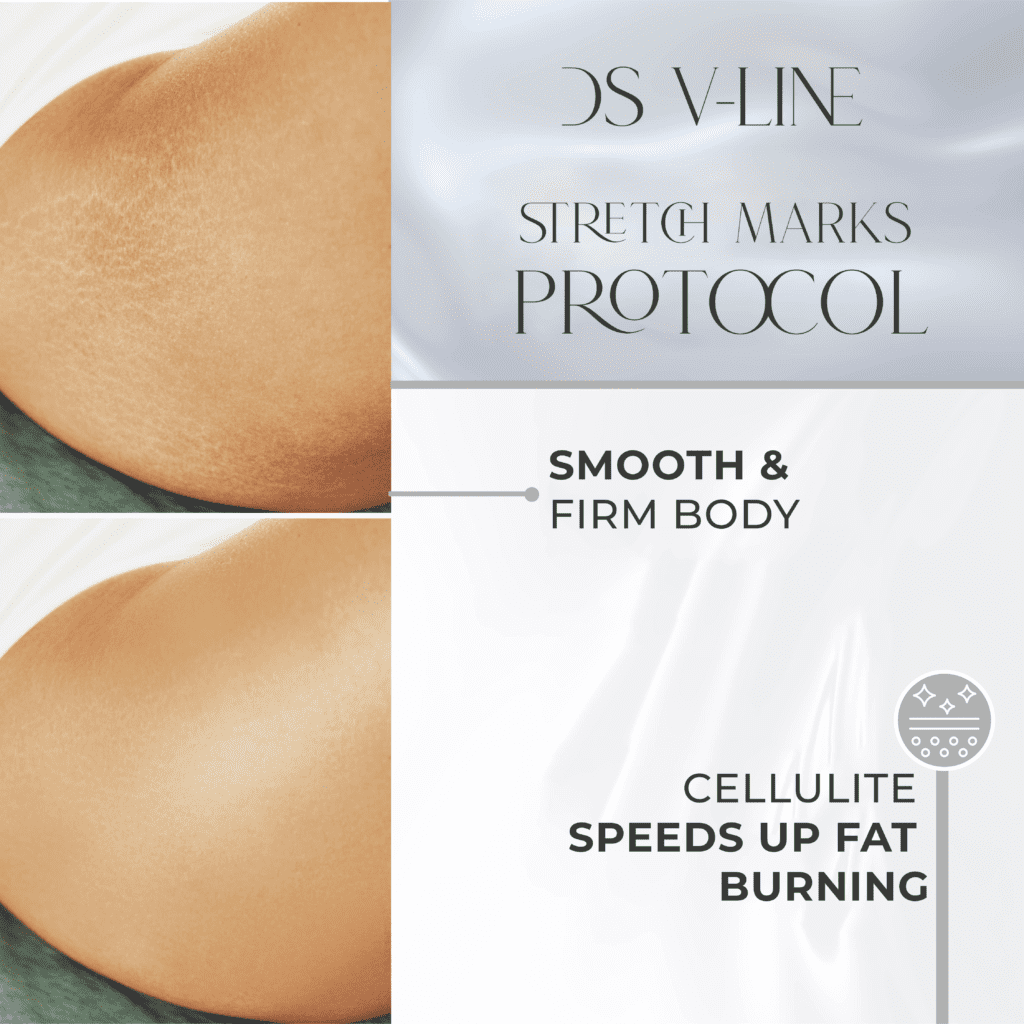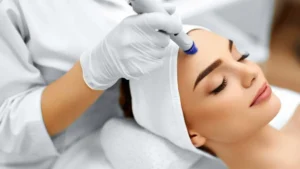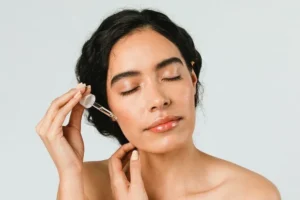DS STRETCH LINE Technique

Who is Zeynep Artegin? Hello, I’m Zeynep Artegin. I was born in Trabzon in 1985. I am married and a mother of two children. After primary and middle school, I chose the fine arts department as my profession. I studied and started working actively for 3 years. I have been actively involved in the beauty industry for twenty-two years. I always acted according to my goals and invested a portion of my income in my education and personal development. Approximately three years ago, I met DS V-LINE Academy. My first training was as a DS V-LINE Collagen thread expert, and I became part of this beautiful family. In a short time, I attended trainings to improve my expertise at the DS V-LINE professional skin academy and had the opportunity to meet colleagues from many countries around the world. My successful applications were shared everywhere. I am now providing training services to many experts at the DS V-LINE Academy, having obtained the titles of expert and master. I am very proud to see my trained experts reach the Master level. The story of the DS-STRETCH-LINE protocol began on January 17, 2022, with my unwavering belief in the power of DS V-LINE collagen serum. We started our initial work with three clients who had different stretch mark stories. We began to see transformations in the first three sessions. We achieved a success rate of 70% after 6 sessions with one client, 60% with the second client, and 90% with the third client. During this process, after approximately 30 different studies, we completed the development of high-active ingredients and our technique. I had the opportunity to work directly with DS V-LINE CEO&Founder Dilay Şahin. The valuable information I received from her made the protocol even stronger. The fact that a company owner leads and guides so many women has become a source of inspiration for me. I was excited to start my first clinical studies. I knew this journey would not be easy, but I took the step with great determination to overcome this difficulty. Over approximately 1.5 years, through clinical studies conducted on more than 30 subjects, we constantly improved our protocol. Every day, we pushed ourselves further and took our protocol to new horizons. The tests we conducted on different age groups and skin types played a significant role in the development and maturation of the protocol. Our Mission: To become the most preferred protocol worldwide with our comprehensive approach to stretch marks and thus increase your income by ensuring the continued success of our experts. What are The Stretch Marks? Stretch marks occur when the elastic fibers of the skin are excessively stretched. This occurs when the skin needs to expand or grow rapidly, such as during pregnancy, rapid weight gain, or growth spurts during adolescence. Hormonal changes can affect these processes and increase the risk of stretch mark formation. Why are hormones such an important factor in stretch mark formation? Hormones have a significant impact on skin health and elasticity and can also play a role in stretch mark formation. The following hormones can particularly contribute to stretch mark formation: In addition to hormones, other factors such as genetic factors, skin type, nutrition, and hydration play an important role in stretch mark formation. Stretch marks can be prevented through skincare routines, moisturizers, and the use of vitamins. Connective Tissue Connective tissue is a type of tissue that connects and supports various parts of the body. It consists of three main components: cells, fibers, and extracellular matrix. Connective tissue can be found in many different shapes and functions in the body, such as tendons, ligaments, skin, bones, cartilage, adipose tissue, and blood connective tissue. Skin stretch marks (or striae) occur due to the tearing of connective tissue as a result of rapid expansion or contraction of the skin. The torn connective tissue appears as red or purple lines beneath the skin. To help maintain healthy and flexible connective tissue, it is important to have a balanced diet and regular skincare routine to increase collagen levels. How many types of stretch marks are there? Superficial stretch marks and deep stretch marks are different types of stretch marks that vary based on the degree of damage to the connective tissue in the skin. The differences between the two types are as follows: Why has the DS STRETCH LINE technique become so popular in a short period? Although obtaining comprehensive results in a short time without harming the skin may not seem easy, we have achieved this process and it has been successfully applied by many experts. Our difference lies in strengthening the connective tissue of the skin to repair stretch marks and providing a comprehensive approach to the area. DS STRETCH LINE stretch mark treatment is not just a single application. Which areas can DS STRETCH LINE technique be applied to? The technique can be applied seamlessly to all areas with stretch mark formation. Commonly treated areas include the abdomen, arms, legs, hips, waist, back, chest, and belly. This provides a comprehensive solution to reducing the appearance of stretch marks and increasing skin elasticity. Now let’s take a look at our work. Our client, who is 29 years old, approached us due to stretch marks, discoloration, and acne scars, particularly in the hip and buttock areas. After conducting a skin analysis, we determined that the underlying cause of these issues were old stretch marks known as stria alba. These tears have caused some changes in the surrounding tissues, resulting in loss of skin elasticity, discoloration, and acne formation. To alleviate these concerns, we have applied a total of 6 sessions of the DS-V LINE STRETCH LINE protocol, and our client is currently continuing with periodic follow-up sessions. Our client experienced skin problems during the rapid weight gain and loss process after pregnancy. Initially, she was only looking for a solution for her stretch marks, but as skin specialists, we adopted a comprehensive approach. In 5 sessions, we achieved successful results with










